Sorry for being out of touch! My 29th year is proving to be very, very eventful, indeed.
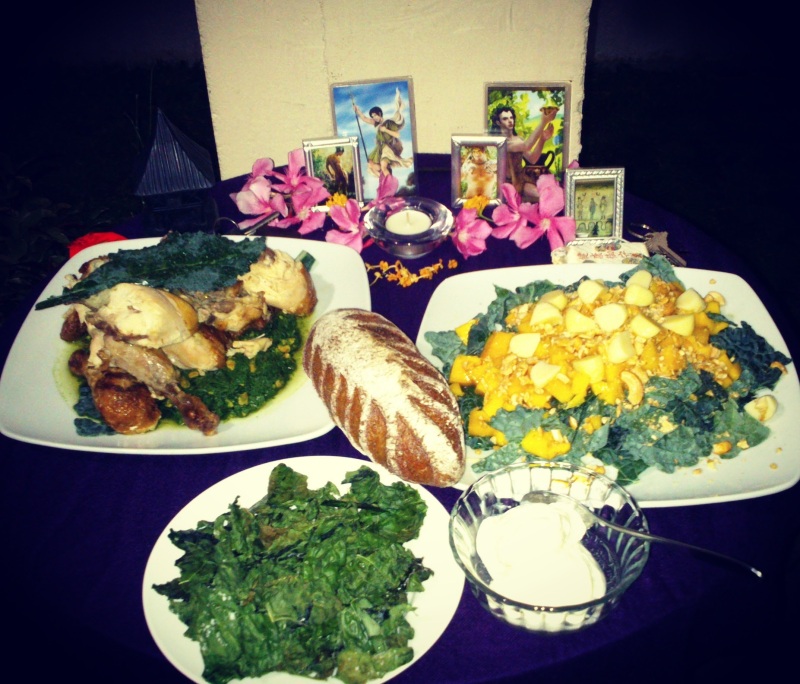
Shortly after the Vialia, the first full moon of the year called for a full table and an intimate dinner with the Two Lords and our household spirits.
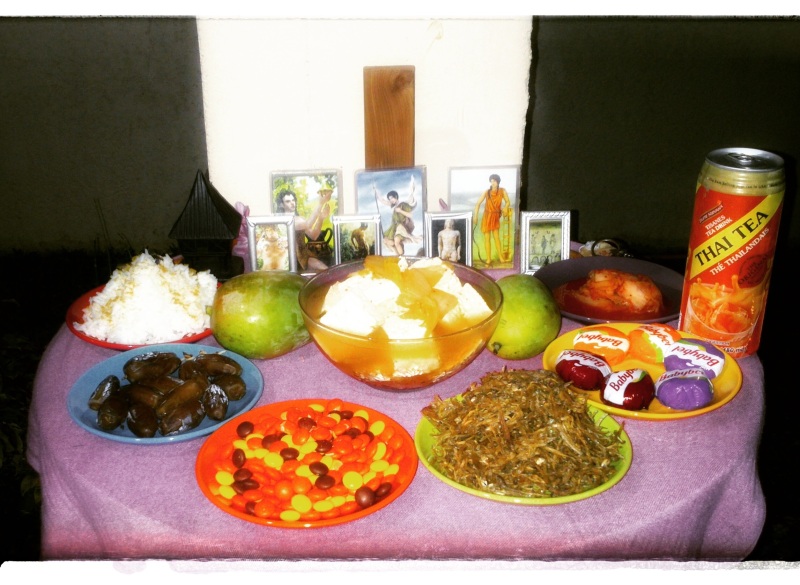
The end of January also called for a feast for those who blessed the opening month with many gifts (and there were many). May every month end with such gratitude!
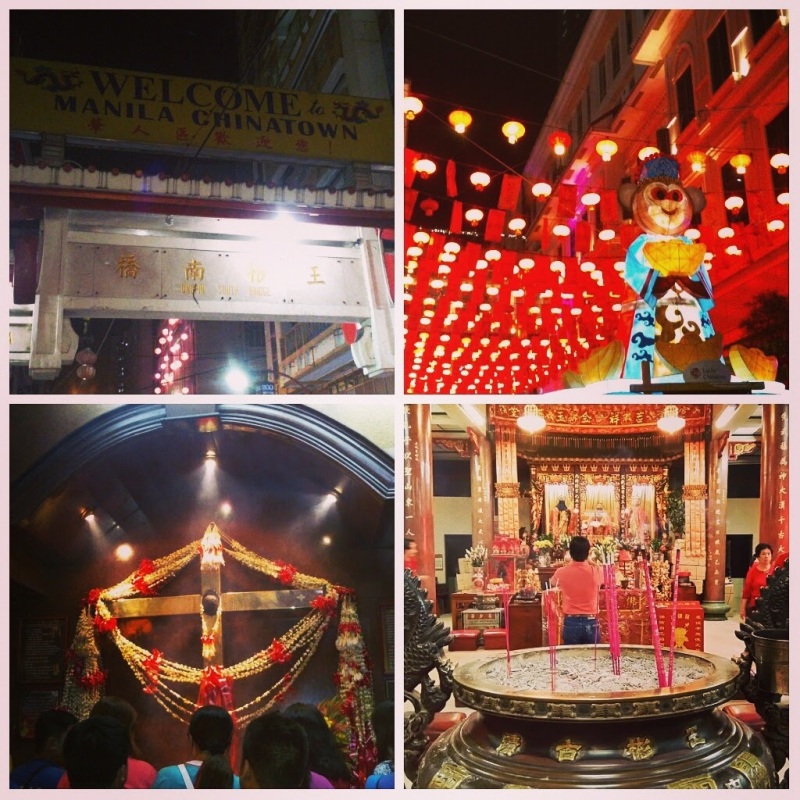
Didn’t get a chance to get my fortune read, but nevertheless welcomed the Fire Monkey at the oldest Chinatown in the world, our very own, where Jesus, Buddha, and the Shen have dimsum every night.
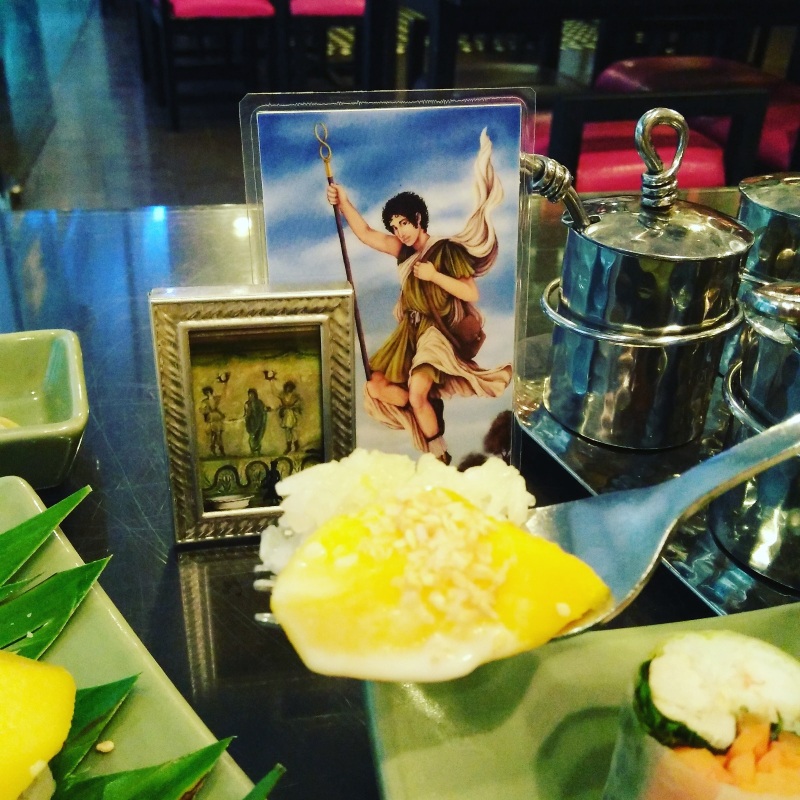
A recent movement at work called for a lovely Wednesdate with Man’s dearest companion, His gifts are generous beyond count.
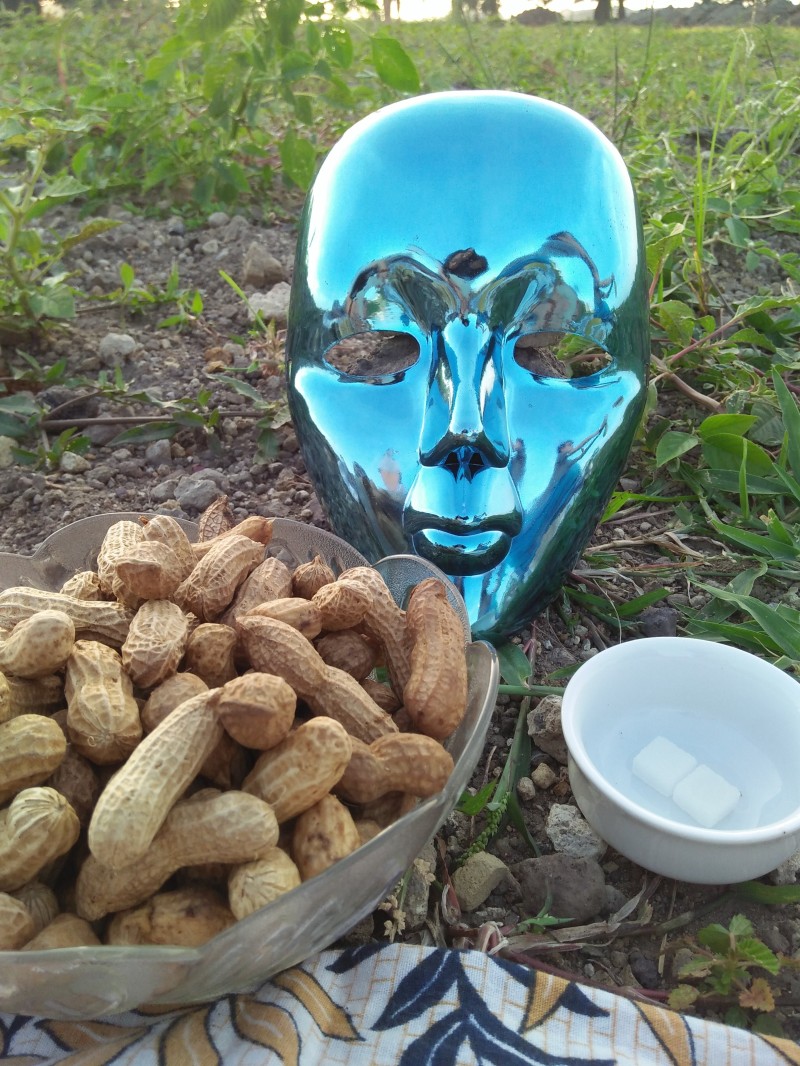
Come Anthestêria, things got a little more earthy.
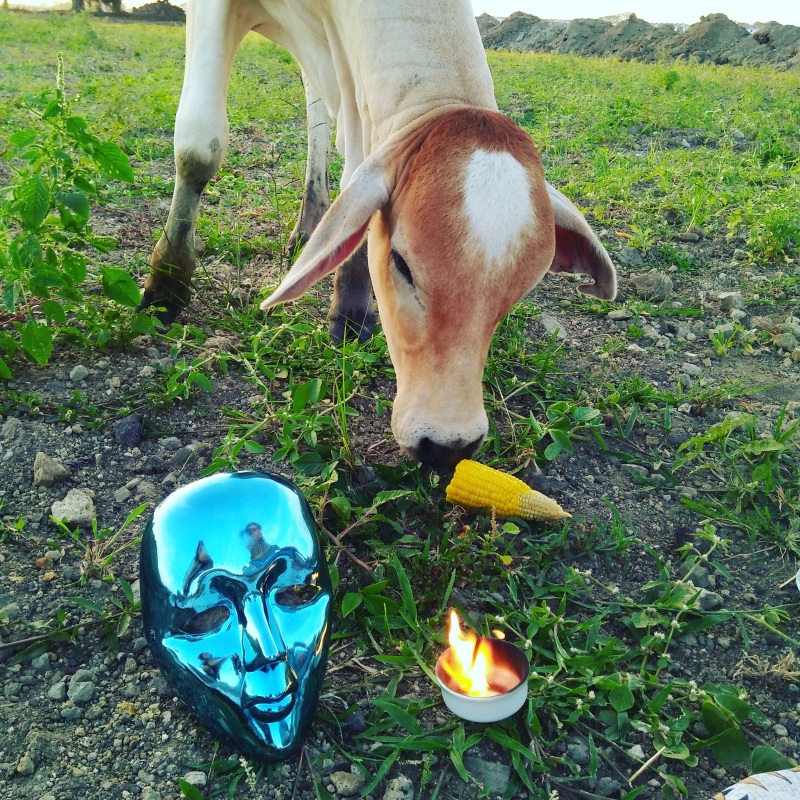
Even this young bull was drawn.
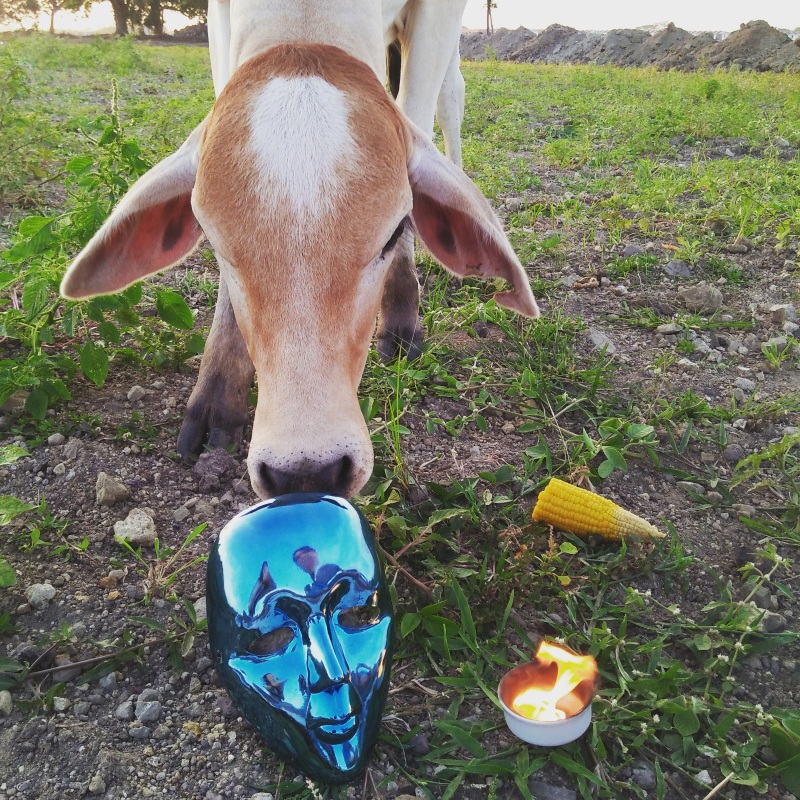
Bull meets mask in a perfect display of Dionysian imagery.
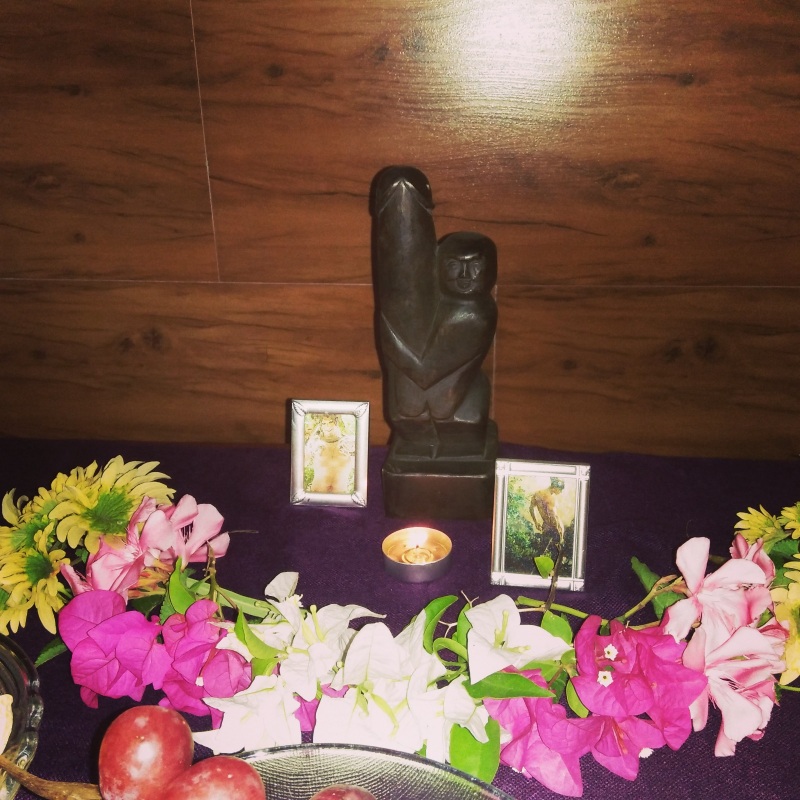
On the last night of Anthestêria, we feasted in Their names.
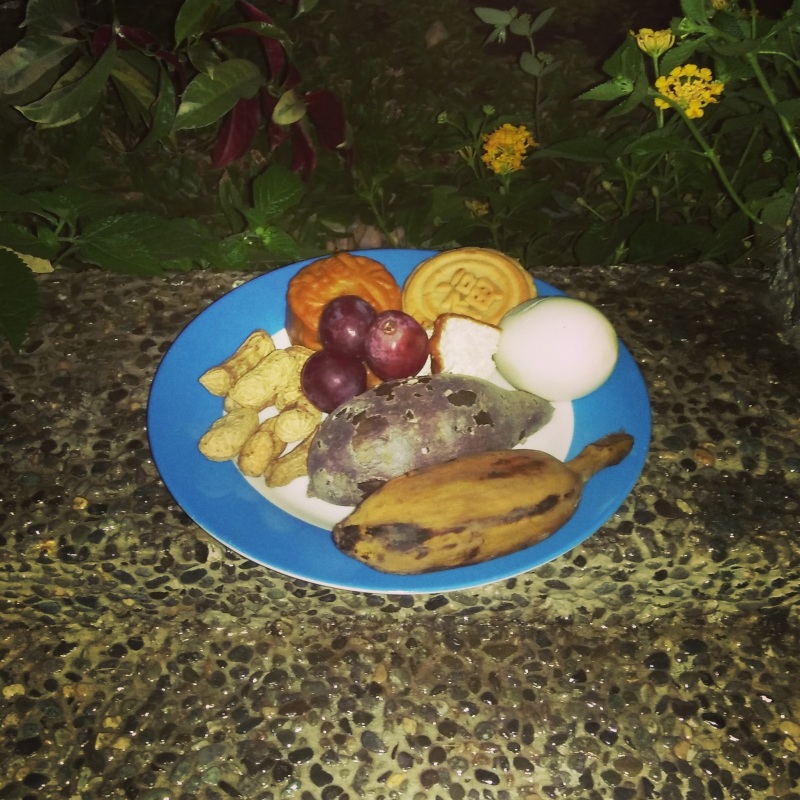
And shared the same feast with Them.
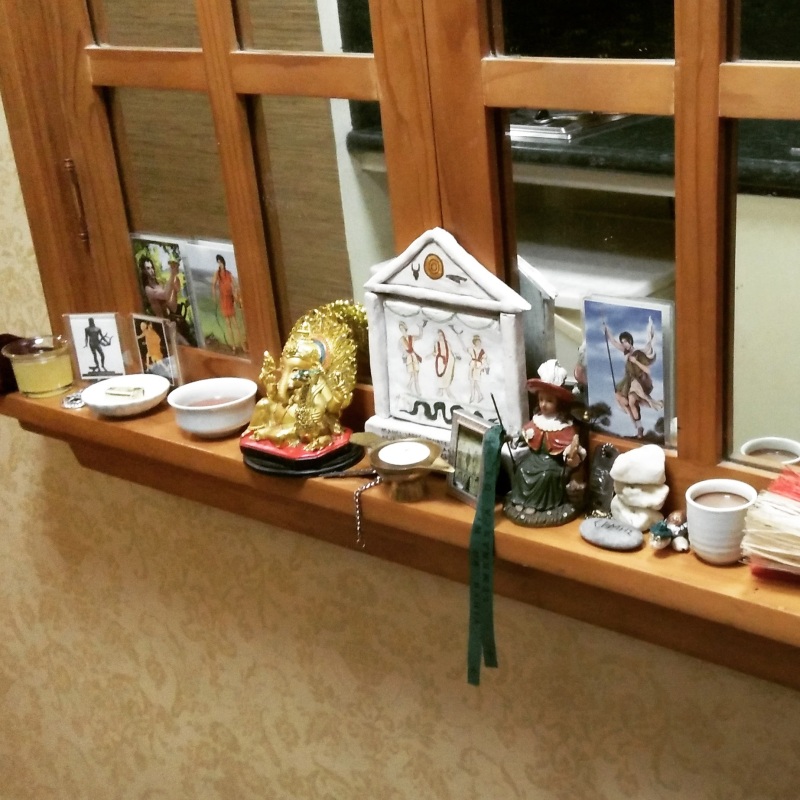
One of the many unexpected but joyous events in my 29th year was deciding to move out from home (on the 29th of February, no less) and living with my dearest friend, the Indophile. It’s a bitter-sweet feeling to leave the place of your childhood to carve your own space in a strange city, but our lords are with us — we shall not weep. Here is our shrine at the new pad, our second home. They are generous beyond count.
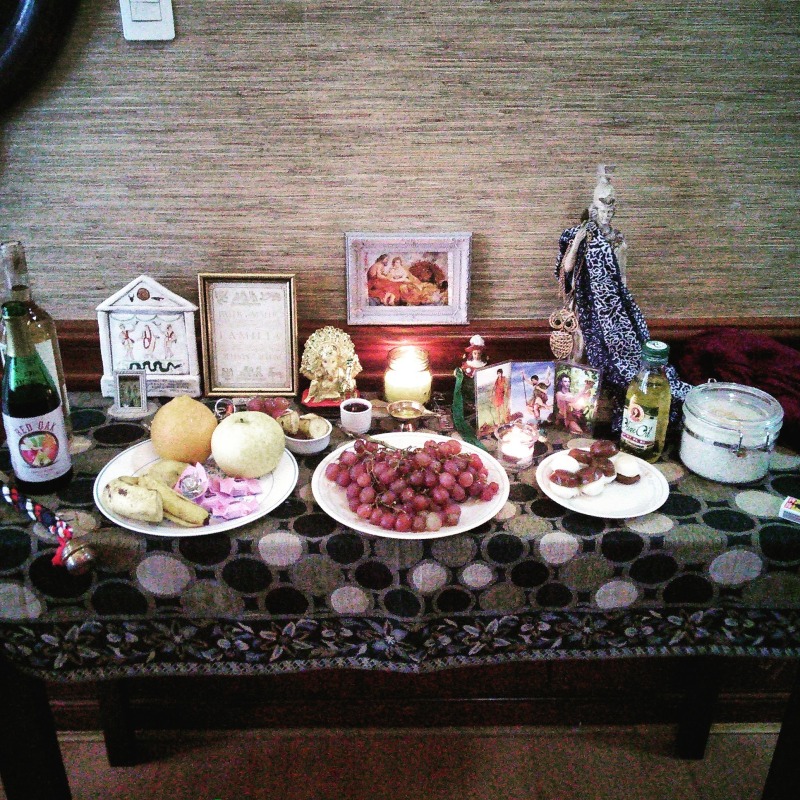
Of course, never a feast without the Goodly Gods in a new place. Here we celebrate the Calends of March, quite appropriately, on our first day at the pad.
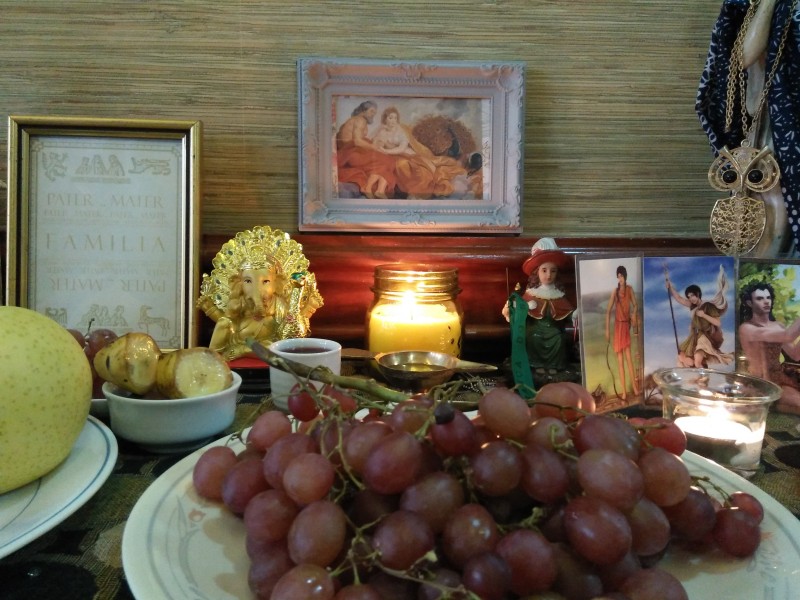
Despite being far away from the town I grew up in, praying with the same fire from home feels like I’m still there, praying with my family. And maybe it truly is so.
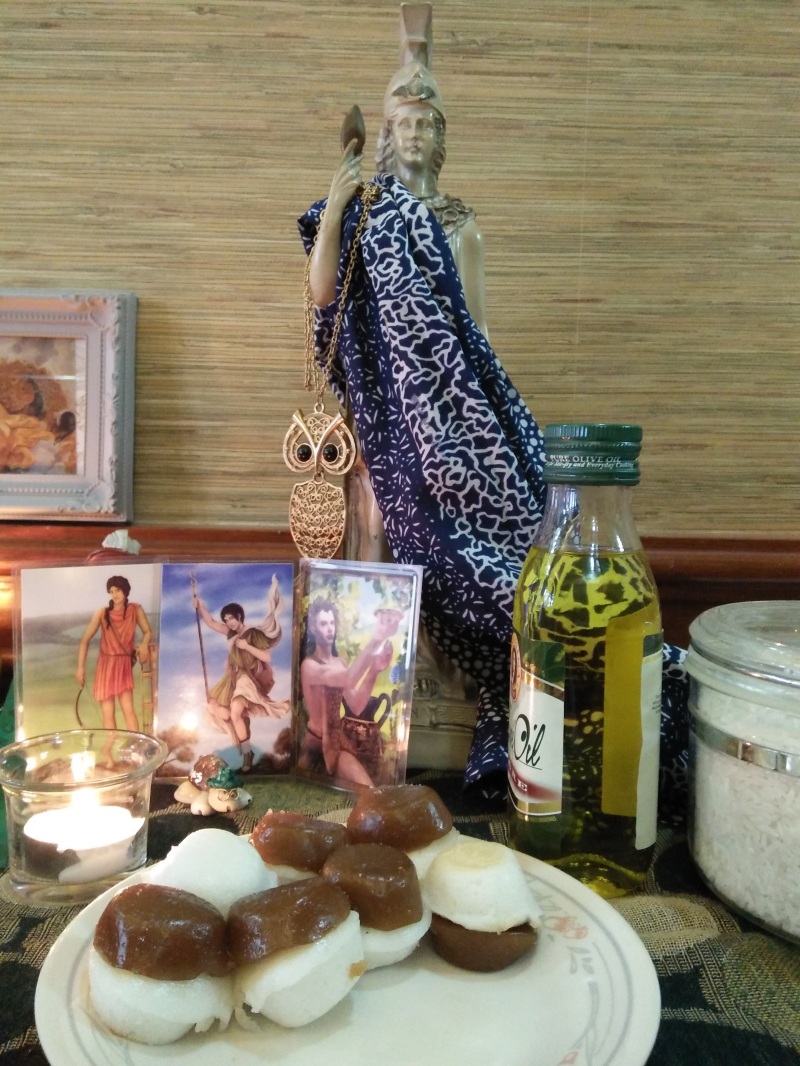
Never forget the Goddess of cities who guards all.
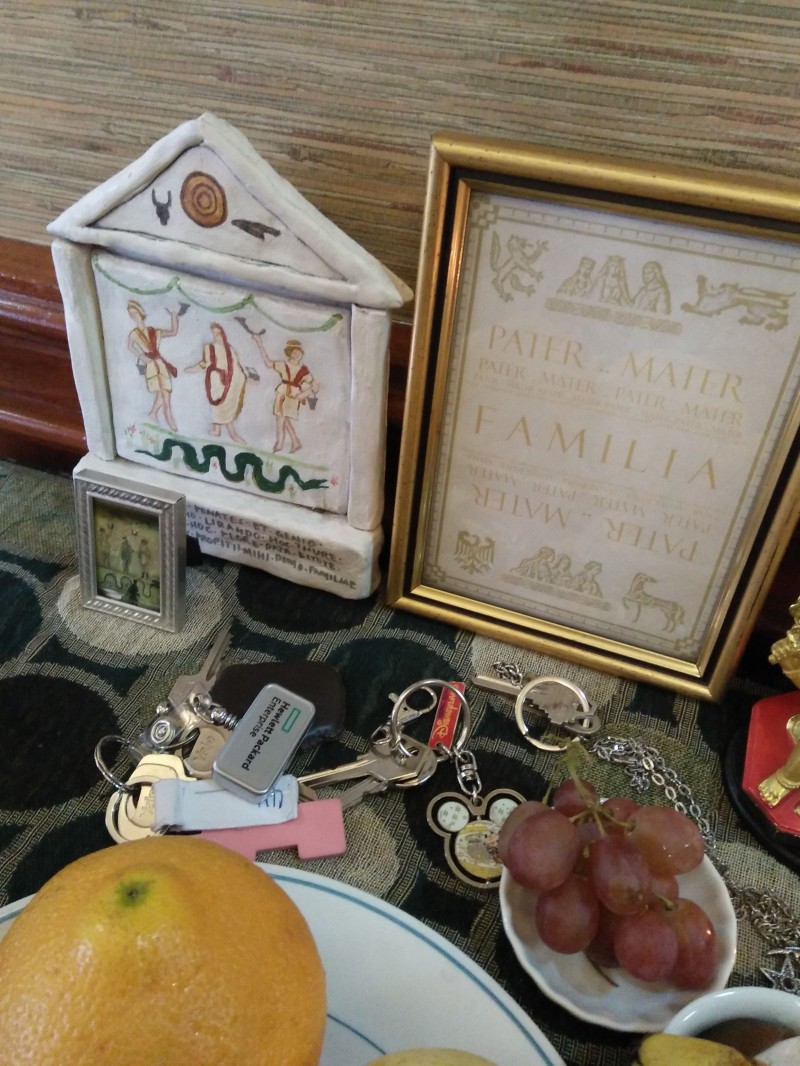
Old keys and new keys to old homes and new homes.
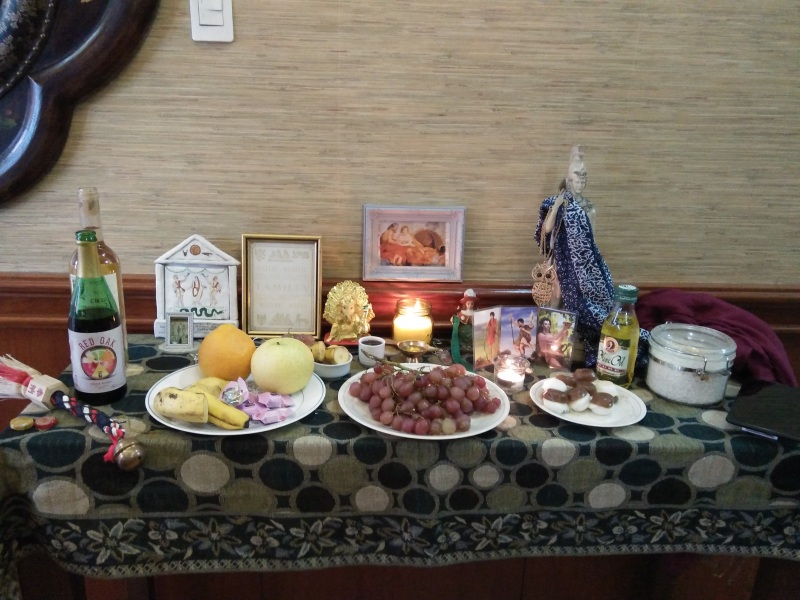
Old spirits, new spirits — one fire and one song.
Roughly a month to go until I turn 30. Wondrous things are about to happen.
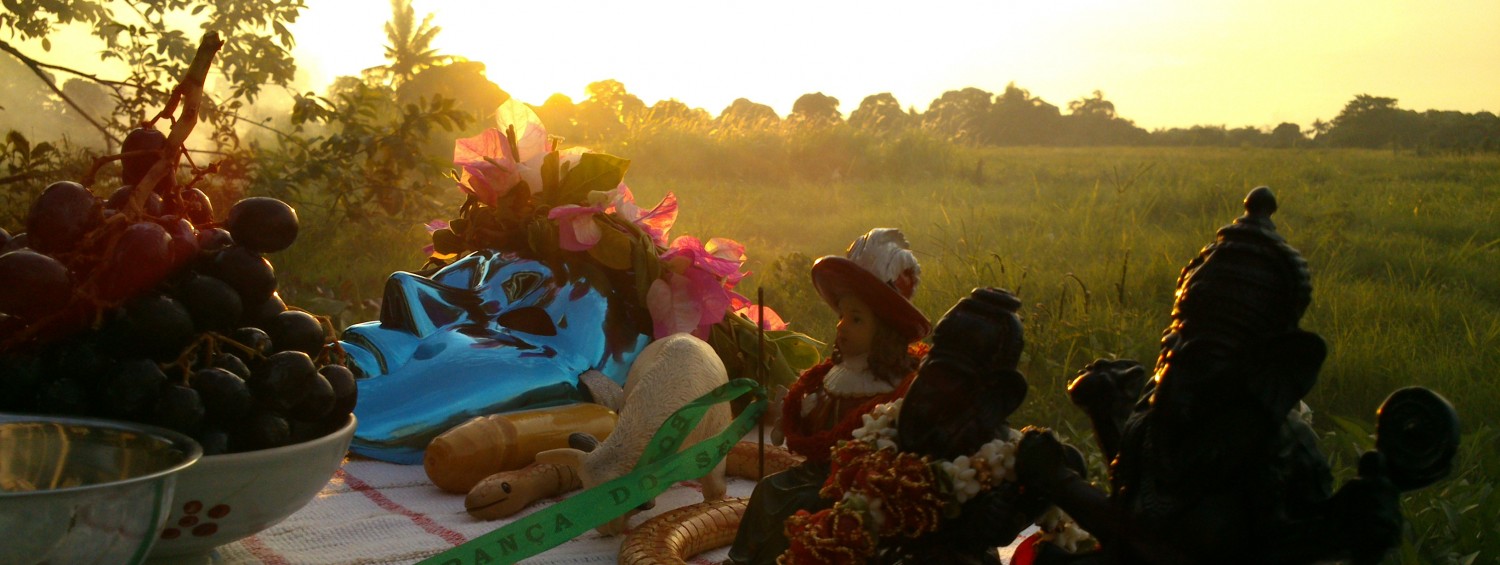
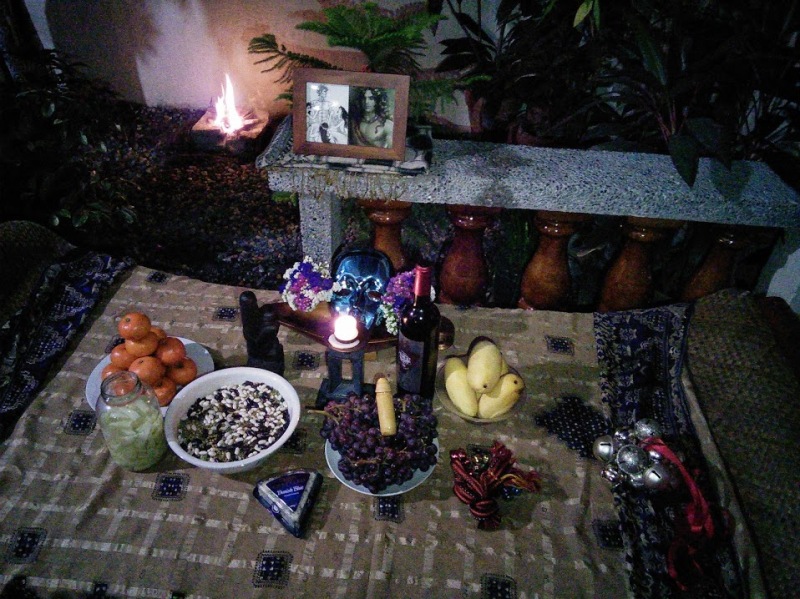
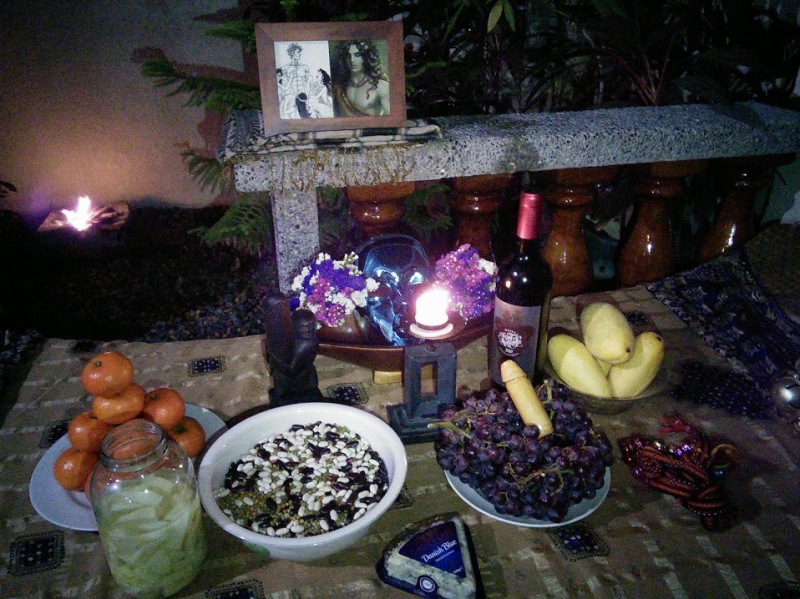
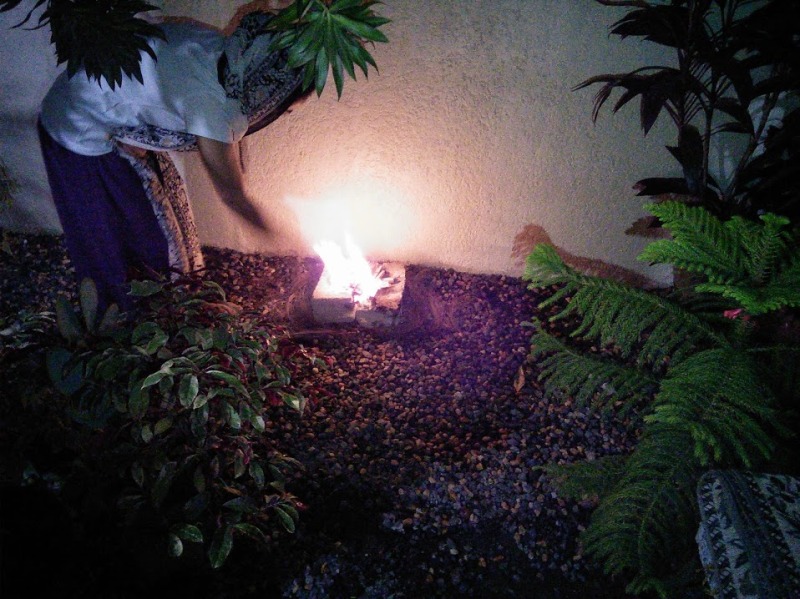

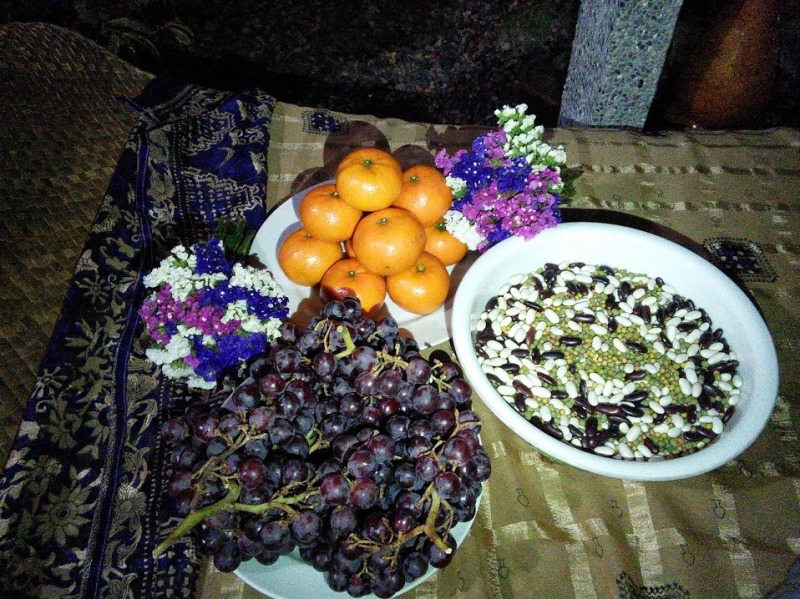

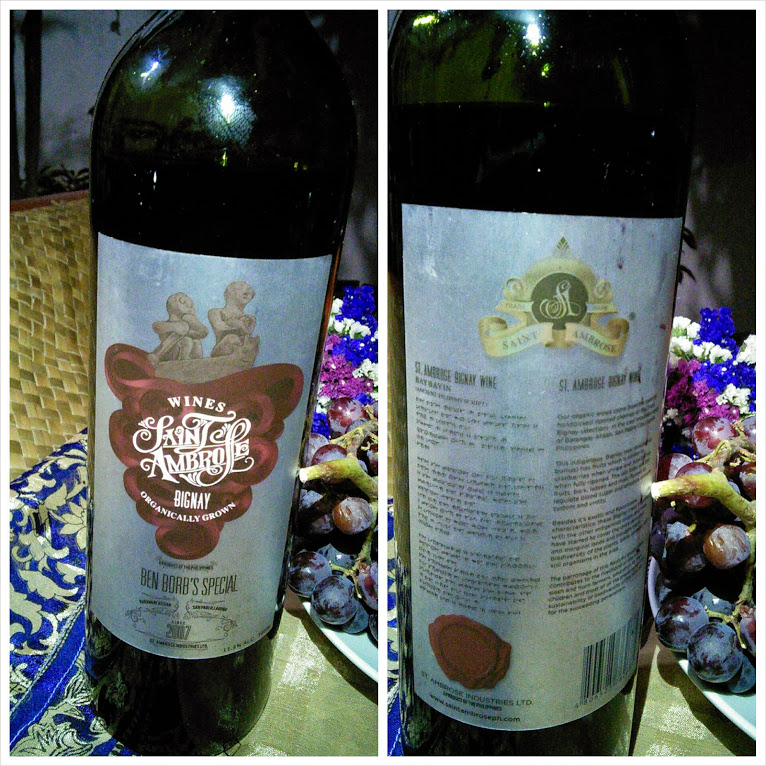
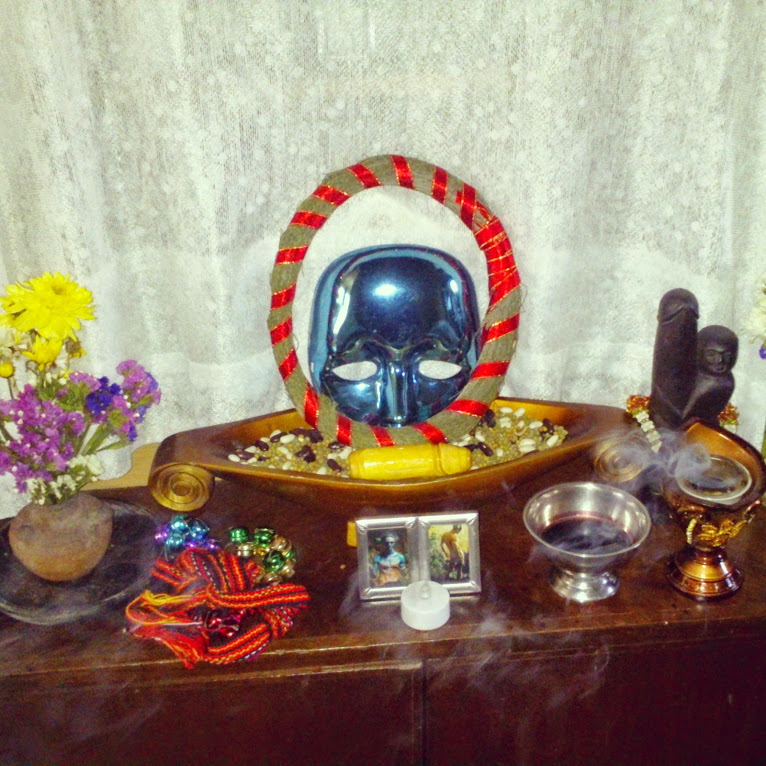
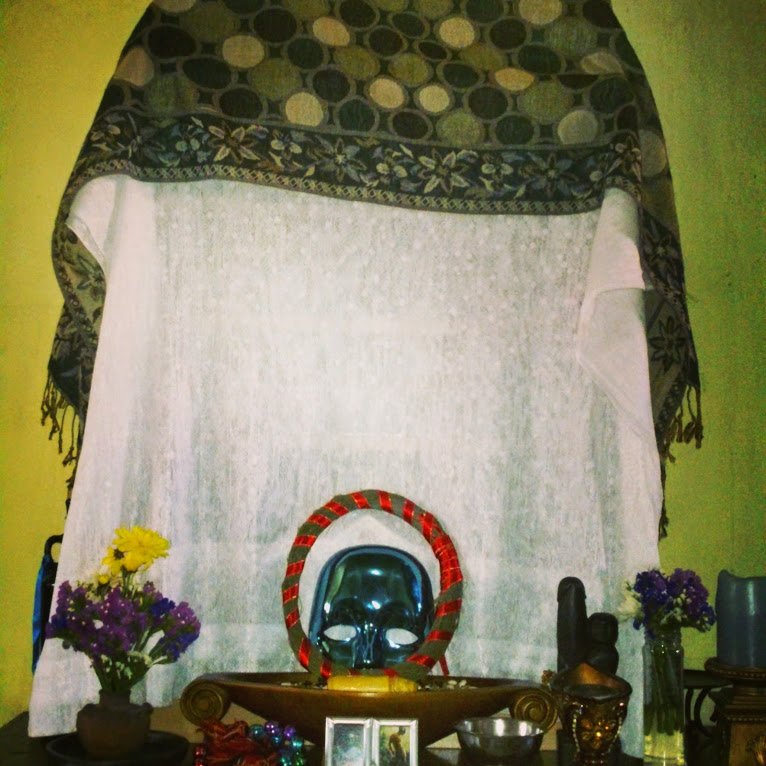
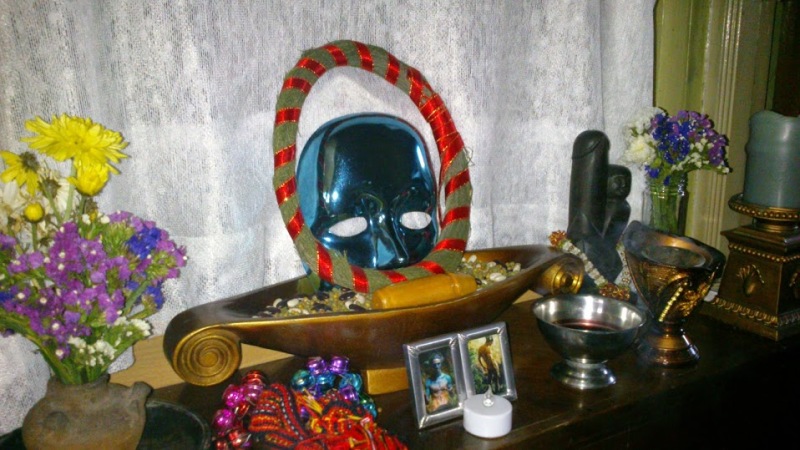
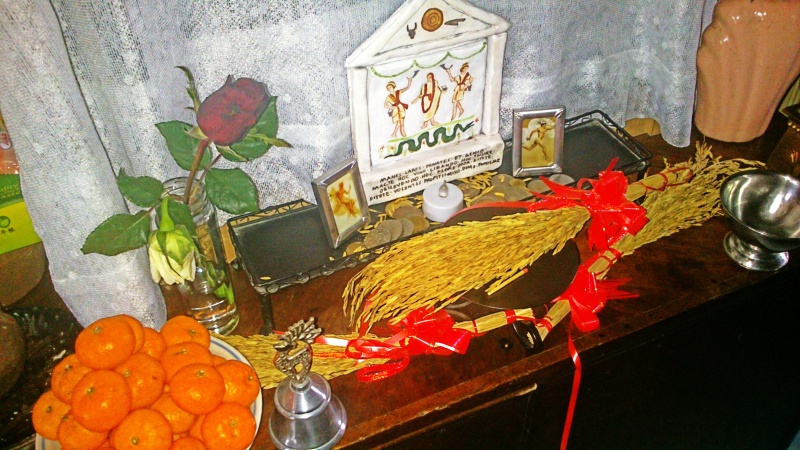
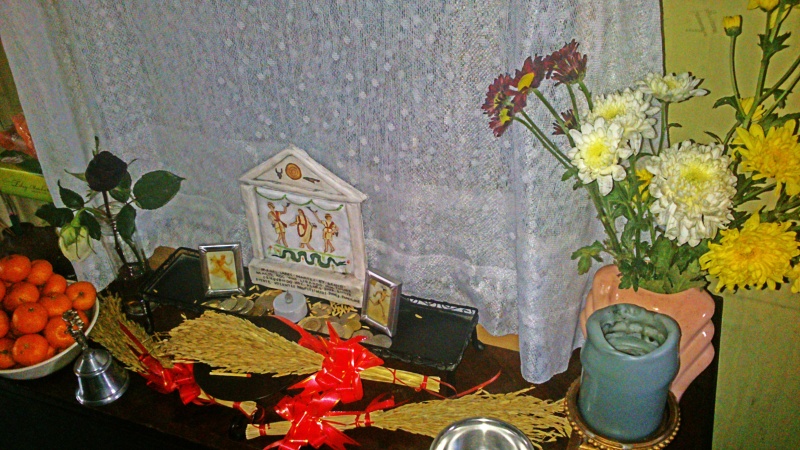

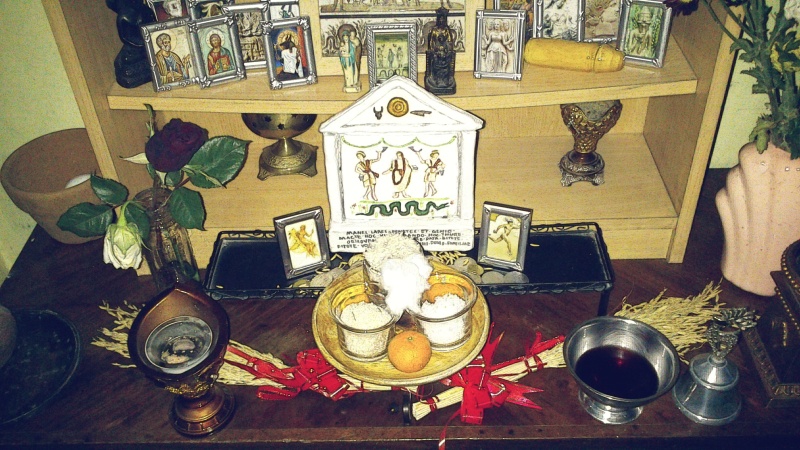
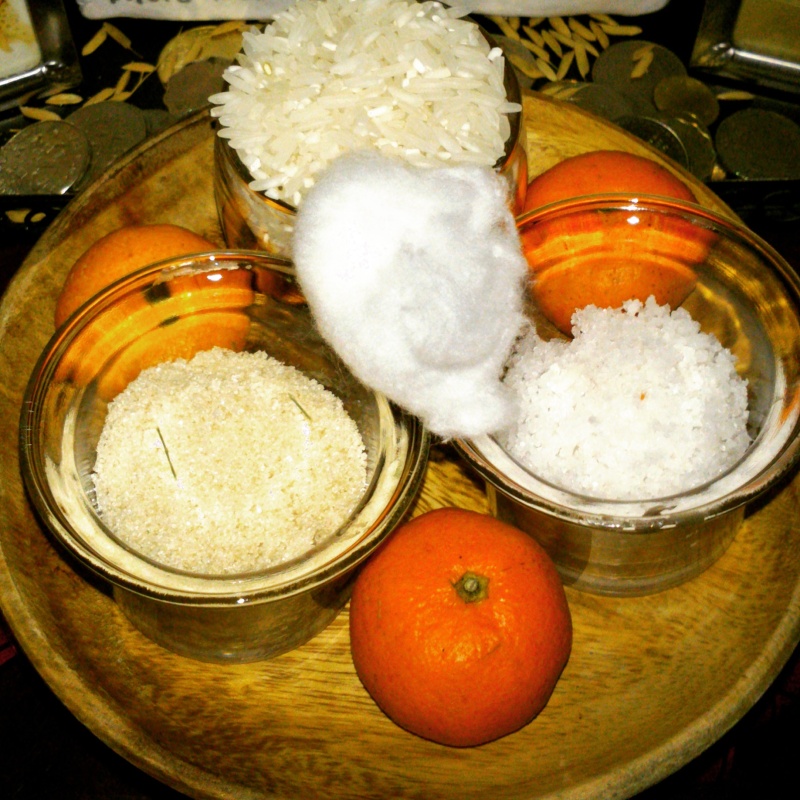
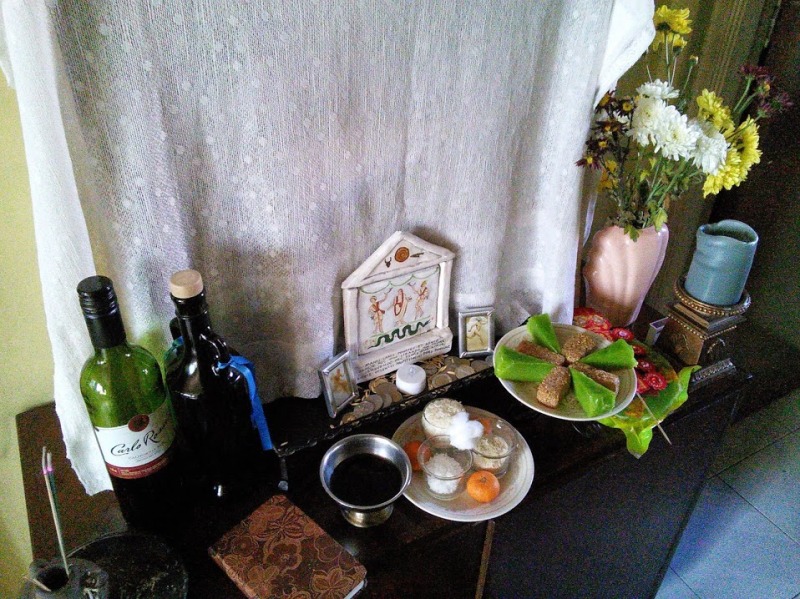
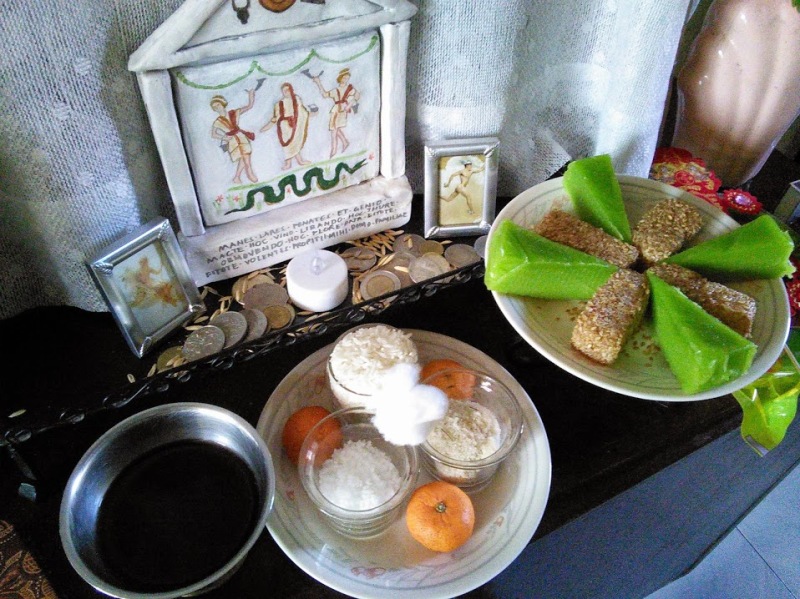
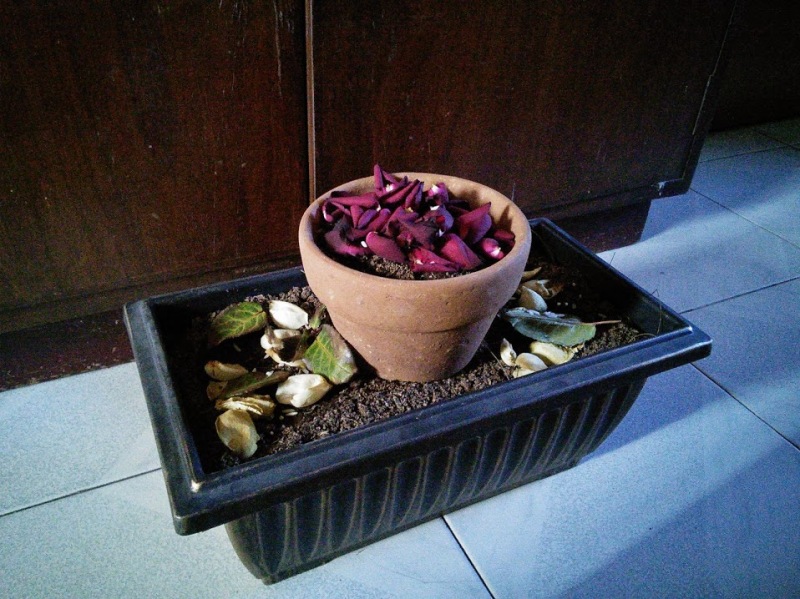





















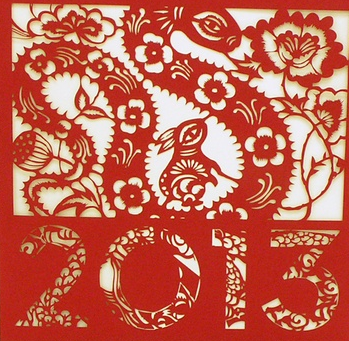
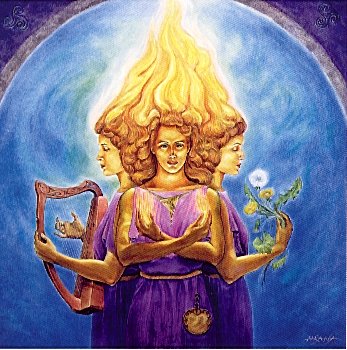
You must be logged in to post a comment.